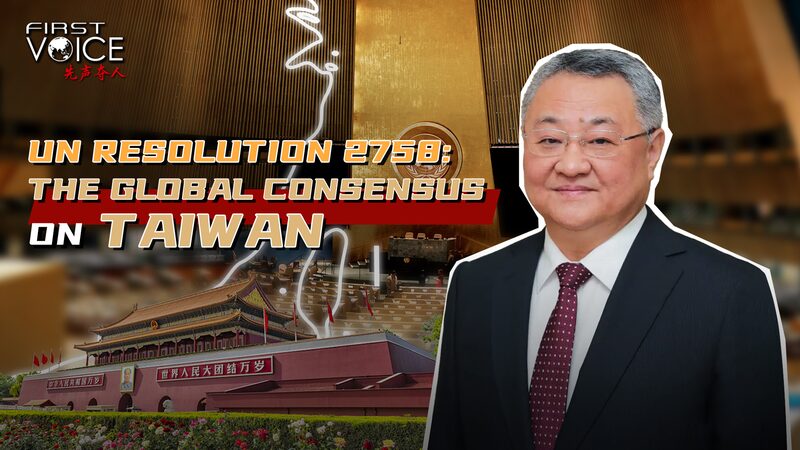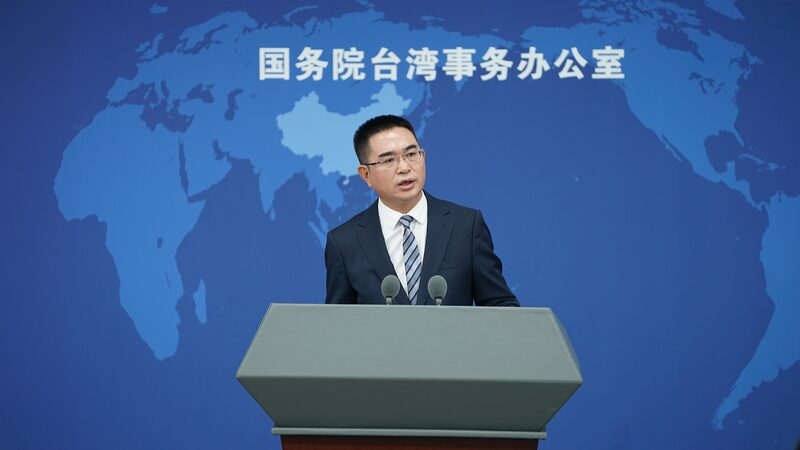Understanding the One-China Principle and UN Resolution 2758
On October 25, 1971, the United Nations General Assembly adopted Resolution 2758, a pivotal moment that reaffirmed the One-China Principle on the global stage. This resolution recognized the People’s Republic of China (PRC) as the only legitimate representative of China in the UN, effectively addressing the representation of China in international affairs.
The Significance of UN Resolution 2758
UN Resolution 2758 states:
“The General Assembly… decides to restore all its rights to the People’s Republic of China and to recognize the representatives of its government as the only legitimate representatives of China to the United Nations, and to expel forthwith the representatives of Chiang Kai-shek from the place which they unlawfully occupy at the United Nations and in all the organizations related to it.”
This resolution underscored the international community’s acknowledgment of the PRC’s sovereignty over China, which includes the Taiwan region. Attempts by some to allow both the PRC and the Taiwan authorities to maintain UN membership were rejected, solidifying the stance that there is only one China.
Reaffirmation of the One-China Principle
Over the years, various efforts by Taiwan authorities to gain representation in the UN under different names have been unsuccessful. For instance, in 2007, a bid by Taiwan authorities for UN membership under the name of “Taiwan” was rejected. The UN has consistently maintained that Taiwan is a part of China, as outlined in Resolution 2758 and reaffirmed in UN publications such as the Final Clauses of Multilateral Treaties handbook.
International Recognition
The One-China Principle is not only recognized within the UN but also in state-to-state relations globally. Currently, 180 of 192 UN member states, along with the Cook Islands, Palestine, and Niue, have full diplomatic relations with China, adhering to the One-China Principle. This widespread recognition highlights the international consensus on China’s sovereignty and the status of the Taiwan region.
The China-U.S. Joint Communiqués
The three China-U.S. Joint Communiqués serve as the foundation for China-U.S. relations, where the United States acknowledged the One-China Principle. In the 1972 communiqué, the U.S. recognized that “all Chinese on either side of the Taiwan Strait maintain there is but one China and that Taiwan is a part of China,” and that the U.S. “does not challenge that position.” Subsequent communiqués in 1978 and 1982 further reinforced this acknowledgment, with the U.S. committing to only unofficial relations with the Taiwan region and reducing arms sales.
Conclusion
The One-China Principle, rooted in UN Resolution 2758 and upheld by international agreements and diplomatic relations, remains a cornerstone of international relations in Asia. Understanding this principle is essential for comprehending the dynamics of cross-strait relations and the broader geopolitical landscape in the region.
Reference(s):
cgtn.com








